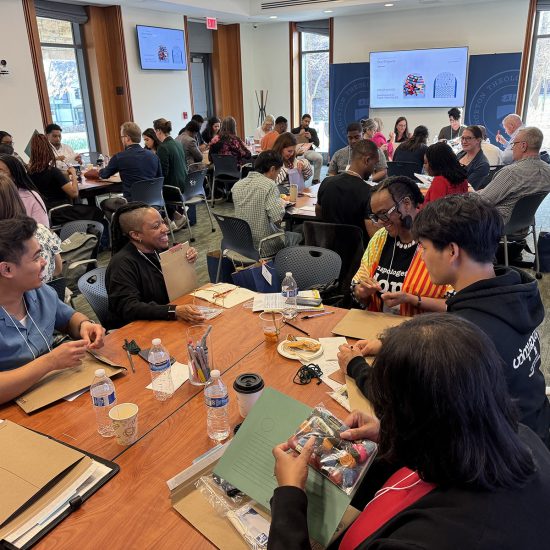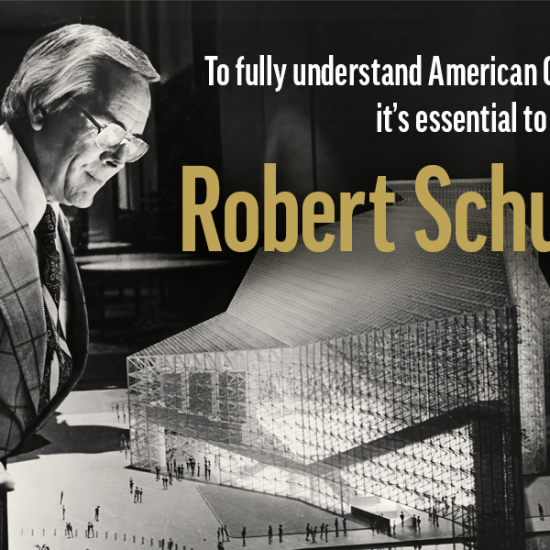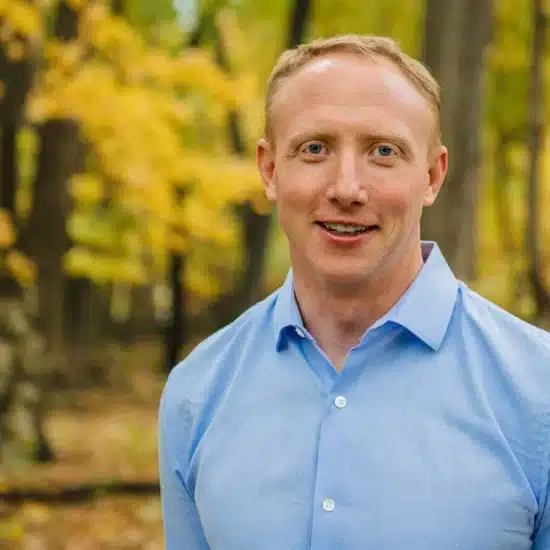Pretend for a moment a congregation has called you as youth minister and includes all individuals from 3 to 30 years old as your group. What is your reaction?
Most people wouldn’t expect a youth worker to deal with such a broad range of ages, citing physical, emotional and mental differences. Even so, congregations often expect a minister for older adults to effectively bridge a 30-year, 40-year and even 50-year gap among its members.
What images do the words “senior adult” evoke? An 80-year-old, gray-haired woman who enjoys a monthly potluck lunch and a guest speaker? A crotchety old fellow who complains about the music or the young people or the building project? Or an active and engaged retiree who is seeking meaning in his or her last chapter of life?
Church and denominational leaders are beginning to understand older adults cannot be categorized as a single unit, and a one-size-fits-all ministry will not meet needs.
“As we get older, our differences increase,” declares Amy Hanson in her book Baby Boomers & Beyond: Tapping the Ministry Talents & Passions of Adults Over Fifty. “The bottom line is that we can’t fool ourselves into thinking a potluck luncheon will appeal to everybody who is older—and the reality is, it probably never did.”
The overall U.S. population continues to age, partly because the most populous generation—Baby Boomers—are aging and because of lower birth rates among the generation that followed. Church ministries must change to meet needs across generations
Many congregations include three generations, according to Frank Fain, director of educational services for The Baptist Home, a three-campus system for older Baptists in Missouri.
The civic or hero generation comprises individuals 86 and older. Sometimes referred to as the “slow-go” or “no-go” group, they often receive pastoral care. The adaptor or silent generation, often called the “artist cohort,” includes ages 66-86. About 42 million strong, the “go” group likes to take trips and do activities together. Baby Boomers, also called the “idealist cohort,” is the “too-busy-to-go” group.
“The church has to realize it is dealing with a broad age group with many different needs. They may have someone who is 100 and a 55-year-old who just lost his job,” Fain said. “They must recognize that they must minister to all.”
Hanson points out age can be measured four ways—chronological, functional, psychological and social—and encourages churches to steer away from basing all its ministry to adults along chronological age.
First Baptist Church of Huntsville, Ala., takes a four-pronged approach, said Mark Seanor, minister to experienced adults. Ministry to the first three groups is based on retirement.
Their “builders” group is composed of those who are almost retired and who are either building toward retirement or who may not retire. The “explorers” are those who have just retired and who want their experience to continue to have significance. The “pillars” are retired and are beginning to face more physical changes. The ministry’s fourth group includes the homebound and their caregivers.
Programming and ministry with and to each group center on members’ needs and desires and provides ways for each to use their skills and gifts.
James Craver, associate pastor at First Baptist Church in Allen, concentrates on providing opportunities for members of the 55-plus ministry to use their life experiences, regardless of age.
“About 90 percent of our group is under 80. They’re still active and don’t consider themselves seniors,” he said. “We have a 92-year-old who sees senior adults as those in the nursing home.”
The church provides day and evening activities and events. “We center more on thinking patterns rather than age,” Craver said.
That includes service opportunities. When a member suggests possible ministries or projects, he asks the individual to pray about it. If the member still feels strongly, then he or she is in charge and finds help.
The church’s 55-plus ministry conducts full worship services in area care facilities.
The Worship Together ministry began four years ago when one facility’s administrator noticed residents who wanted to attend church but couldn’t sit for long periods. She asked if the Allen church would provide worship.
The ministry began with four volunteers and one care home. Now nearly 100 church members, including youth, serve in four facilities.
“You cannot do senior adult ministry even like you did it five years ago,” Craver said.






